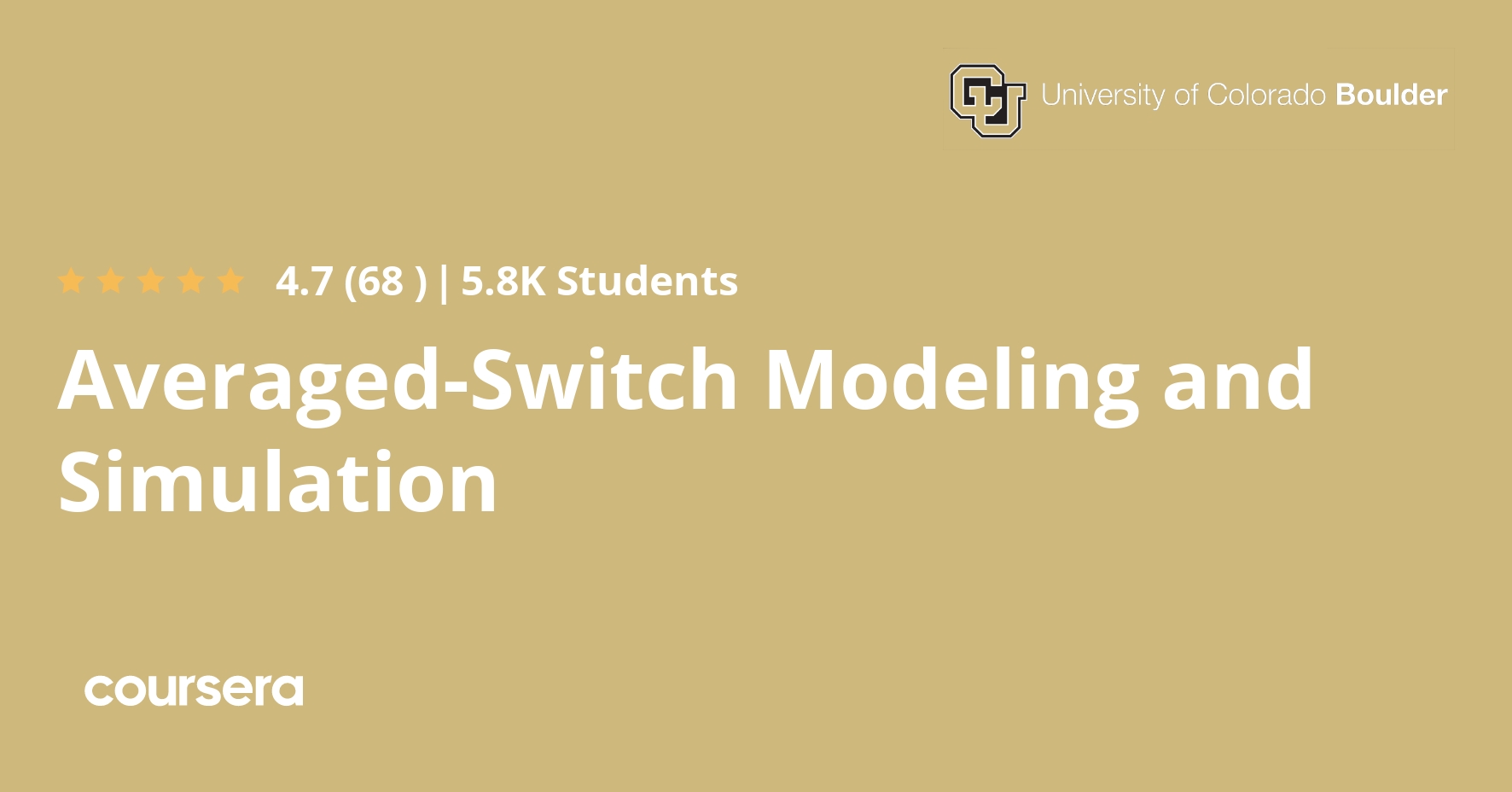Description
This course can also be taken for academic credit as ECEA 5705, part of CU Boulder’s Master of Science in Electrical Engineering degree.
This is Course #1 in the Modeling and Control of Power Electronics course sequence. The course is focused on practical design-oriented modeling and control of pulse-width modulated switched mode power converters using analytical and simulation tools in time and frequency domains. A design-oriented analysis technique known as the Middlebrook’s feedback theorem is introduced and applied to analysis and design of voltage regulators and other feedback circuits. Furthermore, it is shown how circuit averaging and averaged-switch modeling techniques lead to converter averaged models suitable for hand analysis, computer-aided analysis, and simulations of converters. After completion of this course, the student will be able to practice design of high-performance control loops around switched-mode power converters using analytical and simulation techniques.
We strongly recommend students complete the CU Boulder Power Electronics specialization before enrolling in this course (course numbers provided for students in CU Boulder’s MS-EE program):
● Introduction to Power Electronics (ECEA 5700)
● Converter Circuits (ECEA 5701)
● Converter Control (ECEA 5702)
After completing this course, you will be able to:
● Explain operation and modeling of switched-mode power converters
● Model open-loop transfer functions and frequency responses
● Design closed-loop regulated switched-mode power converters
● Verify operation of switched-mode power converters by simulations
● Understand the Feedback Theorem principles
● Apply the Feedback Theorem to practical design examples
● Derive averaged switch models of and averaged circuit models of power converters
● Apply averaged-switch modeling techniques to analysis and design and simulations of power converters







